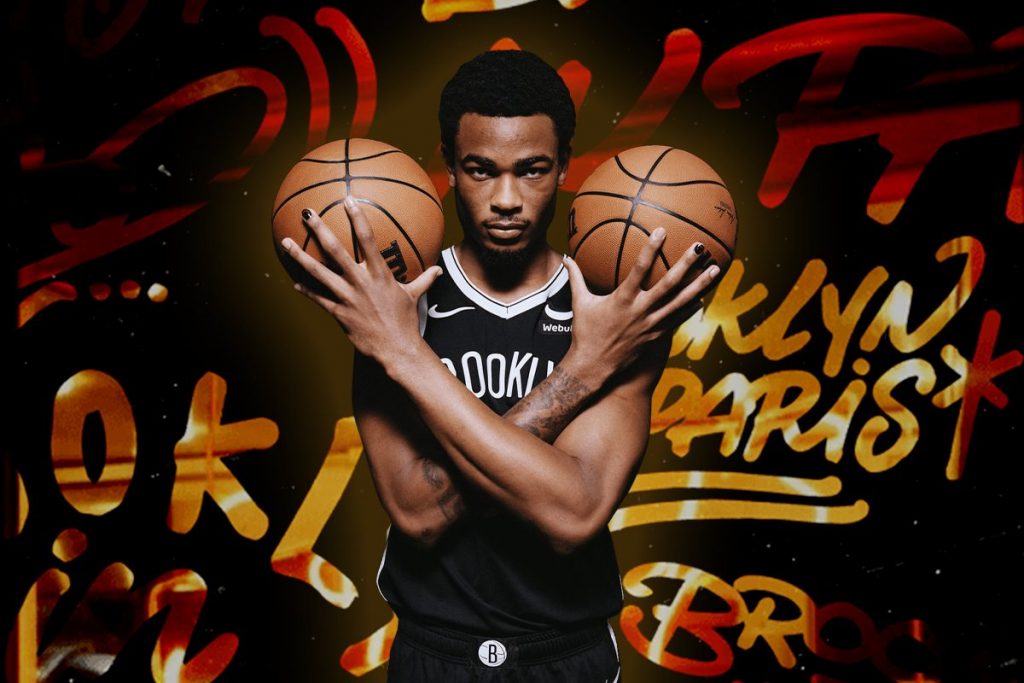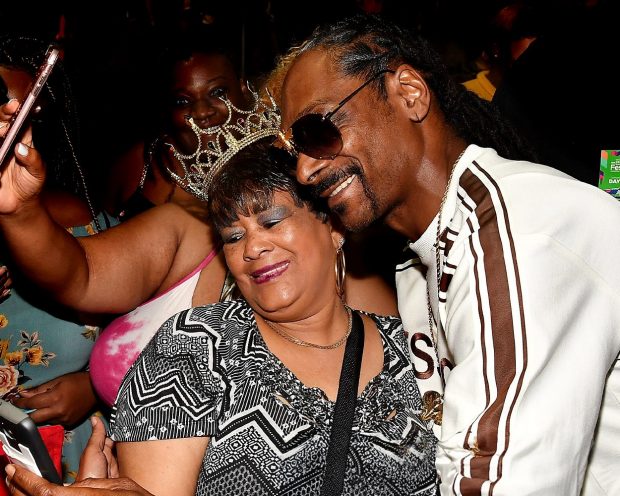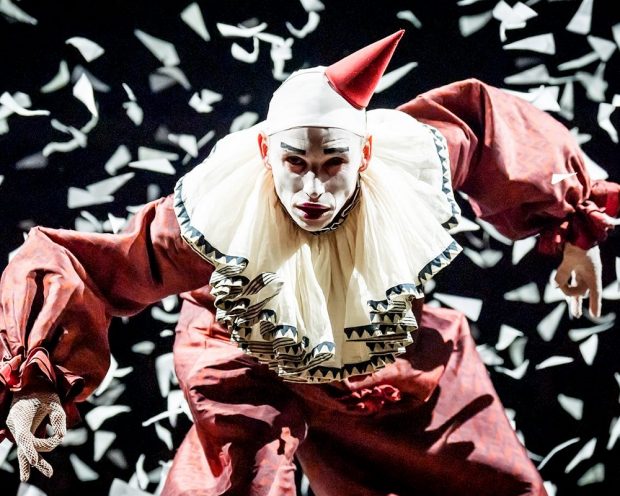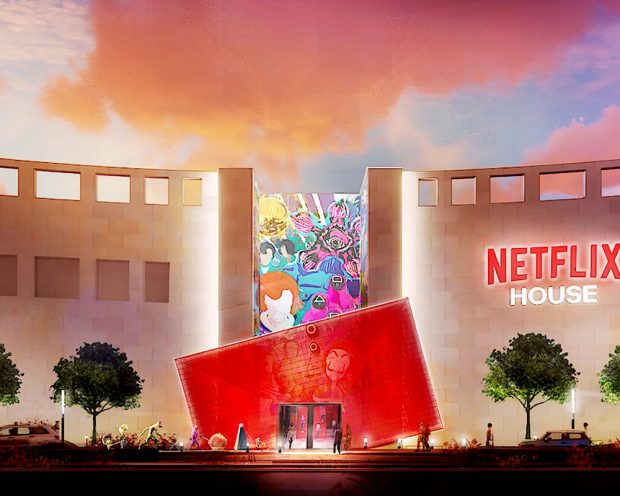No one can build a world of their own quite like children can. They’ll dress up as astronauts, using colanders for helmets and backpacks for space suits, while encountering aliens (stuffed animals) and collecting samples (rocks and leaves) from the "moon." Or they’ll hold a lavish wedding ceremony under the kitchen table for Barbie and G.I. Joe, with dozens of Pokémon in attendance. Luckily, for those of us in experiential, we never have to have to grow out of that joy. For grown-ups, experiential world-building is about more than just imagination — it's about crafting stories that suck your guests in and engage all of their senses. And Michael Barclay II, Executive Vice President of Experiential at Essence Communications Inc., Ron Goldenberg, VP of International Marketing & Innovation at BSE Global and Ariel Foxman, VP of Brand & Experience for the Boston Seaport at WS Development, are those grown-ups. Instead of just playing with toys on the kitchen floor, they create real, interactive experiences in spaces and places across the globe. Keep reading to uncover how experiential world-building crafts 3D stories and indelible memories, as defined by Barclay, Ron and Ariel onstage at the XP Fronts. Michael Barclay II, Ron...



